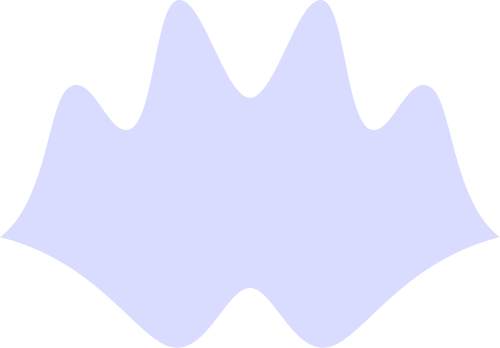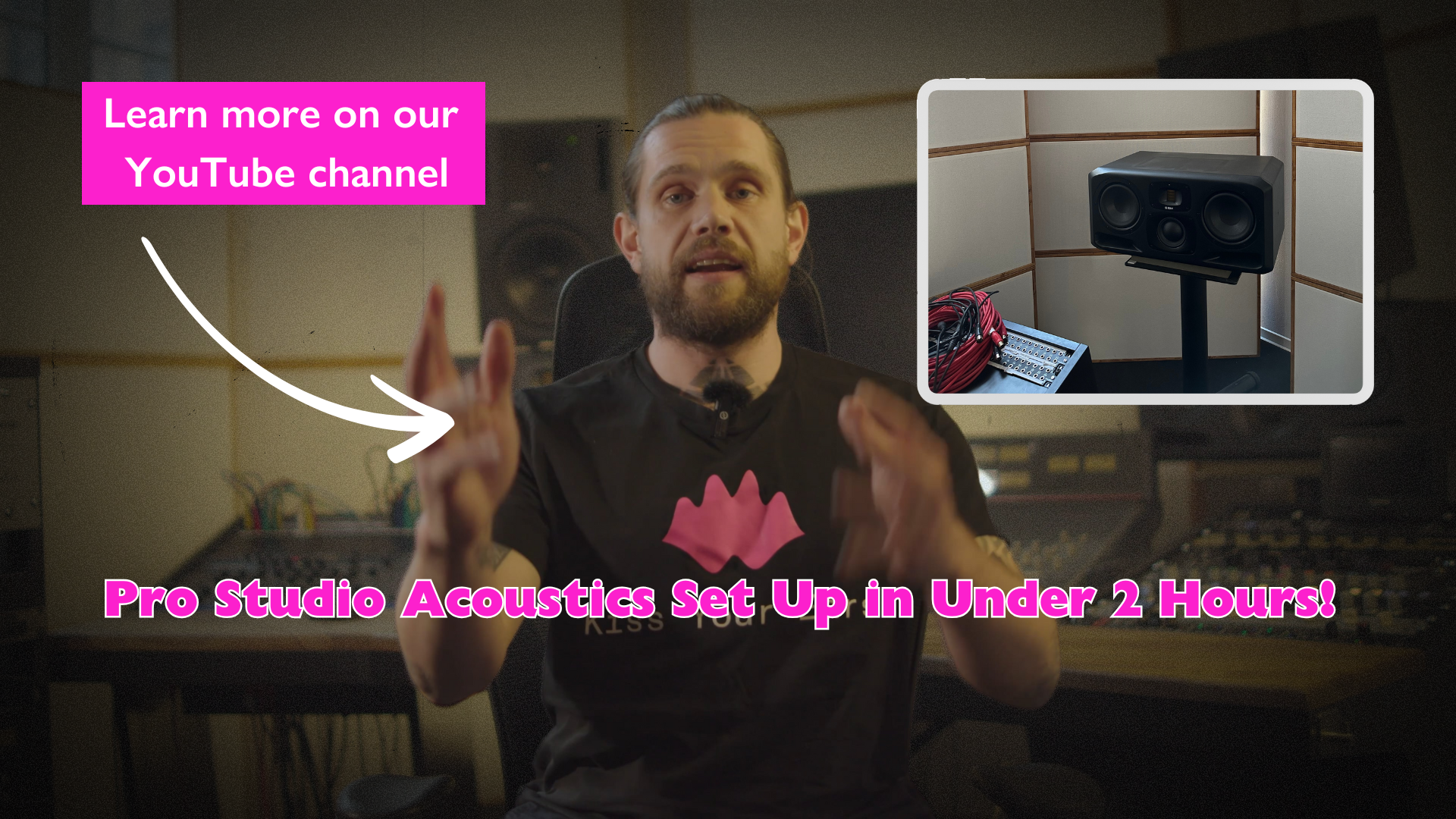Five strategies for free improvisation
Written by Pete Armitage
Derived from the latin word ‘improvisus’, the word ‘improvisation’ can be translated as ‘unforeseen’ or ‘not seen ahead’. Ernst Ferrand, one of the first academics to tackle the topic of improvisation, defined it quite simply as ‘...the creation of music in the course of performance.’
Even to the practicing musician though, the examination of its essence is difficult; what constitutes improvisation, and what does not?
Indeed, the practice of improvisation and the neural mechanisms employed by improvising musicians seem to further elude investigation; ‘the precise nature of the processes that enable a performer to invent melodic material in real-time remain “shrouded in mystery’ (Ashley, 2009).

As suggested by Bruno Nettl and Gabriel Solis in the introduction to their volume Musical Improvisation: Art, Education, and Society, the sheer breadth and scope of the term’s application across ‘cultures, centuries and continents’ renders any definition reductive and indeed limiting to the idea itself.
In order to truly assess its nature, let us compare it to composition and performance as kindred musical practices. Accordingly, we might ask - when does improvisation become composition? How are the terms mutually exclusive? Peter Elsdon quoting Ellis-Benson discusses his categorisation of different forms of improvisation; ‘ornamentation’ vs ‘complex transformations of material’, postulating that it exists somewhere ‘between composition and performance.’ Indeed, the conundrum tackled by Ellis-Benson lies in the difficulties of categorising a practice which arguably exists in both composition and performance, whilst remaining very much distinct as a process.
For the sake of investigation, let’s discuss the two basic varieties posited by Bailey; ‘idiomatic improvisation’ and ‘non-idiomatic improvisation.’ The former presupposes that the performer abides by the basic syntactic norms of a given musical tradition whilst engaging in the improvisational process, e.g. jazz. (6) On the other hand, non-idiomatic improvisation is an altogether more off-piste variant; disregarding scholastic prescription and presenting as a more sincere homage to the non-conformism the casual observer might glean from an instance of musical improvisation.
Let us ponder upon this latter conception in order to demystify and strategise its effective execution. We can consider the scenario of improvising jazz musicians in a smoky New York winebar. The musicians have an intimate understanding of their instruments, the aesthetic sensibilities of the genre and the musical tradition that precedes them.

What strategies might they be employing to enrich their improvisatory process?
In contrast to the performance of written material, non-idiomatic improvisation relies on the spontaneous creativity of musicians. The restraints of composition and performance are disregarded alongside the traditions and ethics of playing passages ‘right’ or ‘wrong’; there is no musical context. All that exists is the ‘...the sheer magical energy of the physical person/s making the music - for it is they who are momentarily but fully responsible for the sounds they make.’ [Alvin Curran, in response to Sabine Feisst]
Free improvisation by nature disregards musical rules. The only rule is that there are no rules. Participants ought to strive to disregard their allegiances to prescribed musical idioms and stylistic prescriptions. However by admission of this sentiment whatever comes out, comes out; ‘...Any technique or resource can be used at any moment’ (Tuominen, 1998; in Stenström, 2009: 106) No procedure or approach ought to be favoured, as the free improviser ‘refuses to make any binding choices concerning idioms’ (Munthe, 1992 cited in Stenström, 2009: 147)
The magic of free improvisation lies in its celebration of liberty, the collective abolition of tradition and judgment. The forming of a unified, momentary voice. The compounded unpredictability of individuals within a group increases the variability of the ensemble and contributed ideas manifest in call-and-response among members. This calls for a disposal of intra-group scrutiny. The lack of scores, bandleaders or rules calls for mutual trust and respect so as to preserve the purity of the collective expression untainted by our socially conditioned perceptions.
When we contemplate the desired outcomes of improvisation, the unshackling of ego is paramount. We ought to revel in the alchemy of momentary expression, dismissing our programmed intentions of self-actualization and narcissism. Let the creation be unselfconscious and pure - the end product of the group will transcend the sum of its individual parts. Csikszentmihalyi’s (1990) flow theory suggests that the state of flow ought not only to be an individual state of consciousness but also a group experience - group flow. Synchronicity between individuals members of the improvising group allows collective transcendence, and liberation from the bondages of our post-industrial society.
In order to immerse oneself in the collective bliss of stream-of-consciousness musicality, let’s remind ourselves that free improvisation exists outside the boundaries of functionality. What is it free from? It is free from hierarchy. It is untamed, unorganised, unconscious. Everyone is equal. It’s political in being apolitical. Let us collectively embrace the decoupling of music from music as a commodity. Music as a verb not a noun.
Let’s musick.
- Richard Ashley (2008) ‘Musical Improvisation’ The Oxford Handbook of Music Psychology
- Peter Elsdon (2013) ‘Re-imagining Improvisation: Listening, Discourse and Aesthetics’
- Gary Peters (2009) ‘The Philosophy of Improvisation’ Chicago and London: University of Chicago Press
- Bruce Ellis-Benson (2003) ‘The Improvisation of Musical Dialogue’
- Alvin Curran (2006) ‘On Spontaneous Music’ Contemporary Music Review Vol. 25, No. 5, pp. 485 – 492.
- http://home.uevora.pt/~jmenezes/jmdissertation.pdf
- Sawyer, R. K. (2006). "Group creativity: musical performance and collaboration." Psychology of Music 34(2): 148-165.
- Bailey, D. (1992) ‘Improvisation - Its Nature and Practice in Music’ Da Capo Press, Inc.






